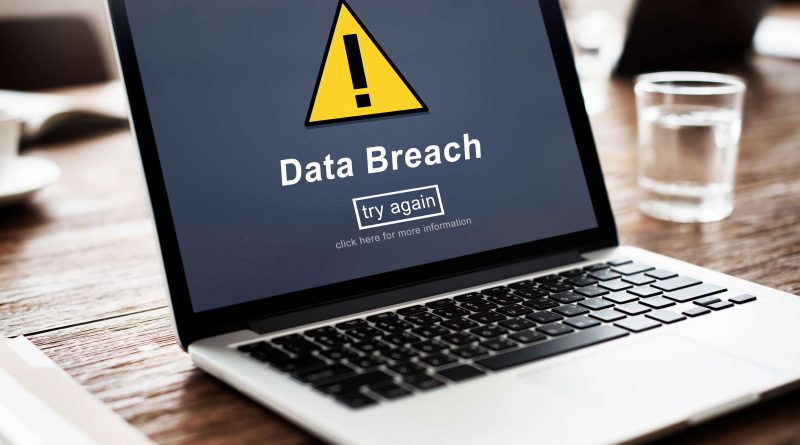The consequences of data breaches and what you can do to protect your data
LinkedIn has become victim of repeated and serious data breaches, with a recent investigation showing the data of its 500 million users ended up online for all to see in April 2021. Unfortunately, it has recently happened again, except this time the data of 700 million users has ended up on the dark web.
A sample of data belonging to 1 million users is now for sale. This includes private data such as email addresses, full names, phone numbers, addresses, geolocation records, LinkedIn usernames and profiles, to name just a few. Unfortunately for the victims, with this much of their data on the dark web, there is more than enough for cybercriminals to use and steal their identity.
Dark web and identity theft
The dark web is a collection of websites on an encrypted network that is carefully hidden from popular web browsers and search engines. This is where cybercriminals can conduct their illegal activities, including buying and selling personal information. The most common way for personal information to end up on the dark web is via a data breach.
What do cybercriminals do with your personal information? They use it to engage in illegal activities and identity theft.
Identity theft occurs when cybercriminals use someone’s personal information to “steal money or gain other benefits” according to the Australian Cyber Security Centre. Once your identity has been stolen, it can be difficult to recover. 1 in 4 Australians have fallen victim to identity theft at a cost of $3.1 billion in 2019.
With this staggering number, it’s important to ensure you keep your information as safe as possible. If you are caught up in a data breach, changing the password to the breached account should be your first step. Follow these tips to keep your accounts safe and your passwords secure:
- Do not use the same password for multiple accounts – if one account is hacked, then all your accounts will be hacked
- Create a unique password – ensure it includes numbers and symbols, keep it long and use up to four or more words
- Avoid using personal information as your password – cybercriminals can sift through your social media accounts and find this information in order to crack your passwords
- Remembering all these unique passwords can be tricky, so invest in a password manager – Trend Micro Device Security Ultimate comes with Password Manager, which can safely store your passwords for all your accounts and generate unique passwords that are tough to hack
- Want to check if your data has ended up on the dark web? ID Security can notify you if your data has been leaked on the dark web so you can take immediate action to safeguard your accounts. ID Security is also available as part of Device Security Ultimate




